Small to medium-sized businesses in the UK are increasingly turning to cloud services for their computing needs. Cloud computing offers numerous benefits, including cost savings, scalability, and flexibility.
However, as with any technology, it’s crucial to ensure that your cloud environment is secure to protect your sensitive data and maintain business continuity. However, many businesses struggle to implement many security fundamentals within the Cloud environment versus their existing on-premise environment. Here we have included ten essential steps to help UK SMBs secure their cloud environments effectively:
- Understand Your Security Responsibilities: One common misconception about cloud computing is that security is solely the responsibility of the cloud service provider. However, in a shared responsibility model, both the provider and the customer have roles in ensuring security. Understand what security measures your cloud provider offers and what aspects of security you are responsible for.
- Implement Multi-Factor Authentication (MFA): Multi-factor authentication adds an extra layer of security by requiring users to provide multiple forms of verification before accessing accounts or data. Enabling MFA significantly reduces the risk of unauthorised access, even if login credentials are compromised.
- Regularly Update and Patch Software: Keep all software and applications in your cloud environment up to date with the latest security patches. Vulnerabilities in software can be exploited by attackers to gain unauthorised access to your systems, so regular updates are critical for maintaining a secure environment.
- Encrypt Data: Encrypting data both in transit and at rest adds another layer of protection against unauthorized access. Utilize encryption protocols to ensure that sensitive information remains secure, even if it falls into the wrong hands.
- Implement Network Security Measures: Use firewalls, intrusion detection systems, and other network security tools to monitor and control traffic to and from your cloud environment. Segment your network to limit access to sensitive data and resources only to authorized users.
- Perform Regular Security Audits and Assessments: Conducting regular security audits and assessments helps identify potential vulnerabilities and weaknesses in your cloud environment. Perform clous security assessments, penetration testing, vulnerability scanning, and security assessments to proactively address security issues before they can be exploited by attackers.
- Establish Strong Access Controls: Implement robust access controls to limit access to sensitive data and resources based on the principle of least privilege. Only grant permissions to employees who require them to perform their job duties, and regularly review and update permissions including strong JML processes to maintain system integrity.
- Educate Employees on Security Best Practices: Human error remains one of the leading causes of security breaches. Educate your employees on security best practices and their responsibilities using company assets, such as creating strong passwords, recognising phishing attempts, and following company security policies and procedures.
- Backup Data Regularly: Implement a regular backup strategy to ensure that your data is protected against loss or corruption. Solutions such as Backup as a service (BaaS) and Disaster Recovery as a service (DRaaS) allow you to Store backups in a secure location, preferably in a different geographic region from your primary cloud environment, to mitigate the risk of data loss due to unforeseen events such as natural disasters or cyberattacks.
- Monitor and Respond to Security Incidents: Implement robust monitoring tools to detect and respond to security incidents in real-time. Develop an incident response plan outlining the steps to take in the event of a security breach, including communication protocols, containment measures, and recovery procedures.
If you need guidance, are confused by the jargon or just unsure where to begin or having difficulty interpreting your best way forward for cloud security, reach out to us at Amicis Group here or book a call here to understand how we’re helping organisations in similar situations to you in maximising the opportunity cloud can deliver for you without compromising on your security.
